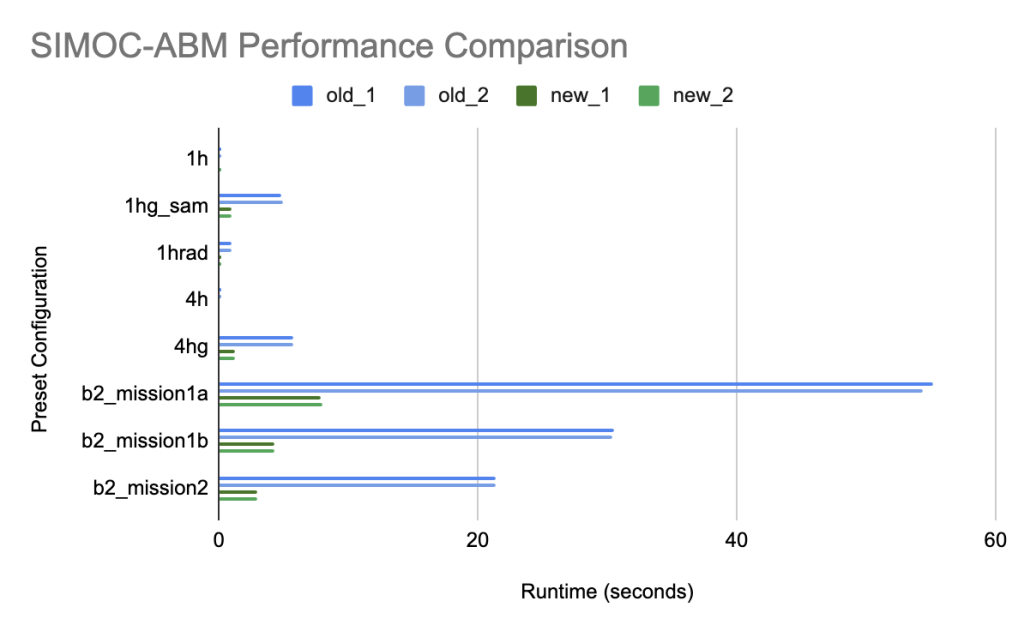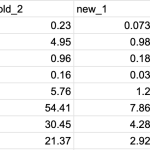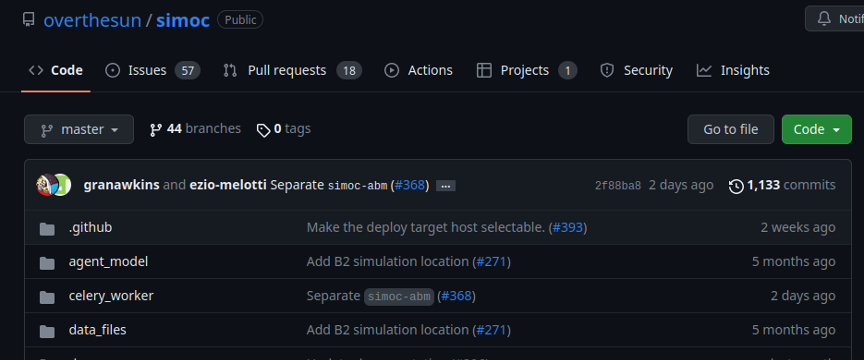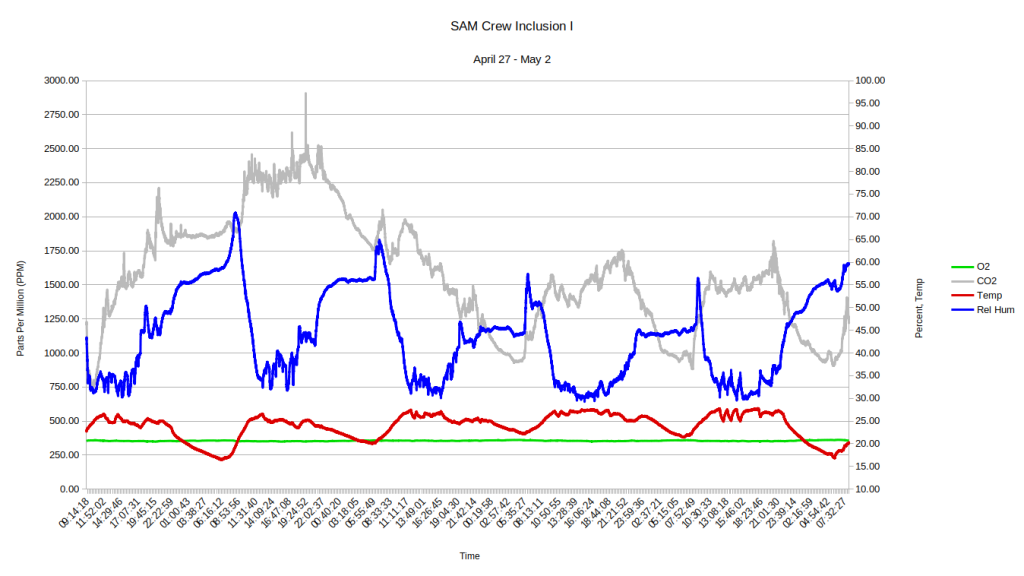SIMOC Live a success!
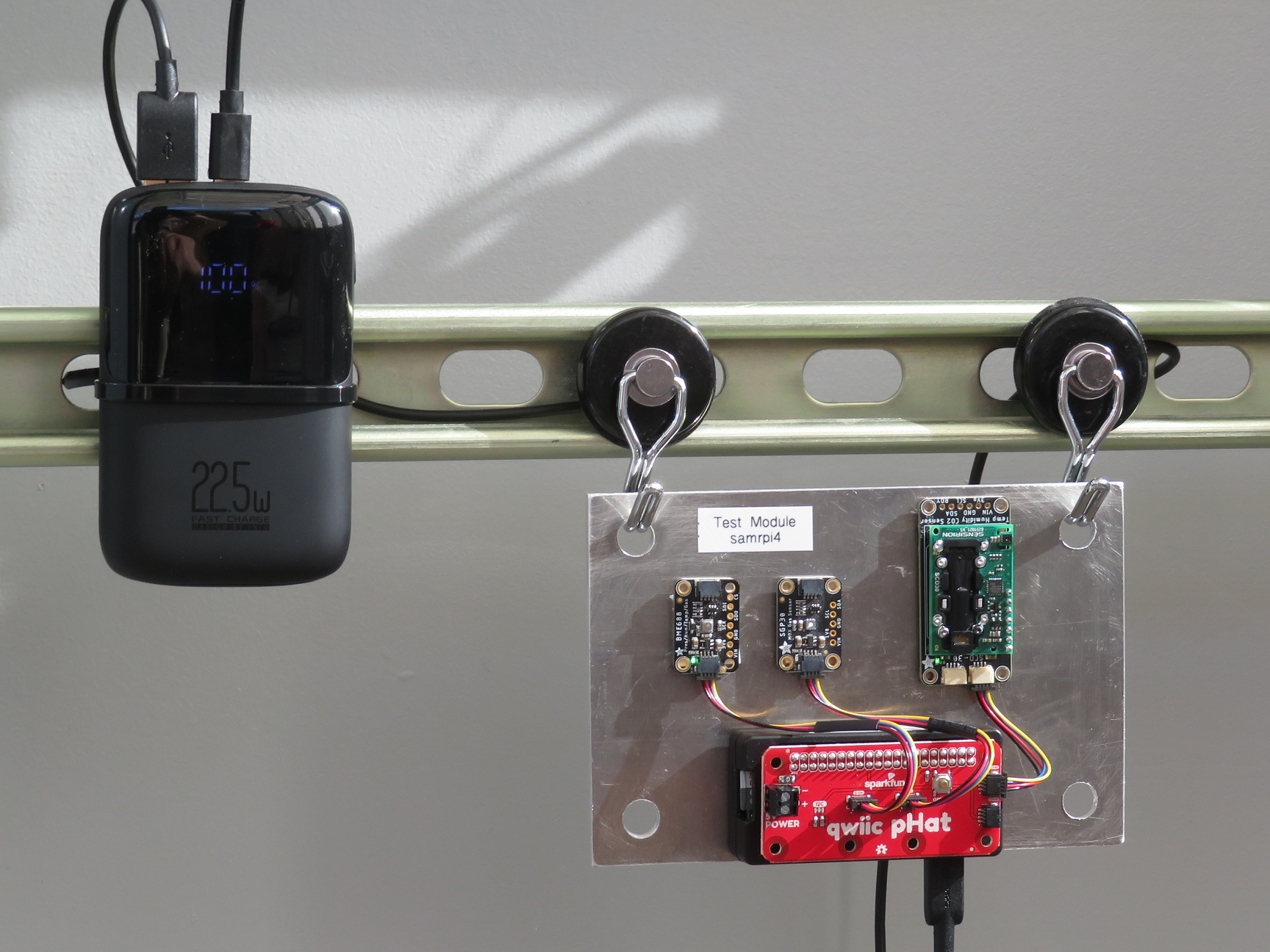
The new SIMOC Live version 2.0 now incorporates an ad hoc, mesh network, with full data redundancy across all nodes. Sensor arrays built on a Raspberry Pi Zero and Adafruit sensors captured data in each of the four primary nodes of SAM: lung, Test Module, Engineering Bay, and Crew Quarters.
More photos, data, and a complete story coming soon!
For now, visit samb2.space/blog …


